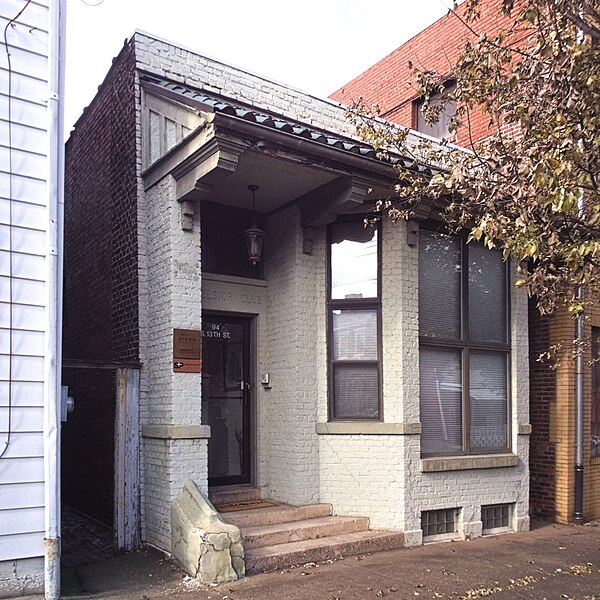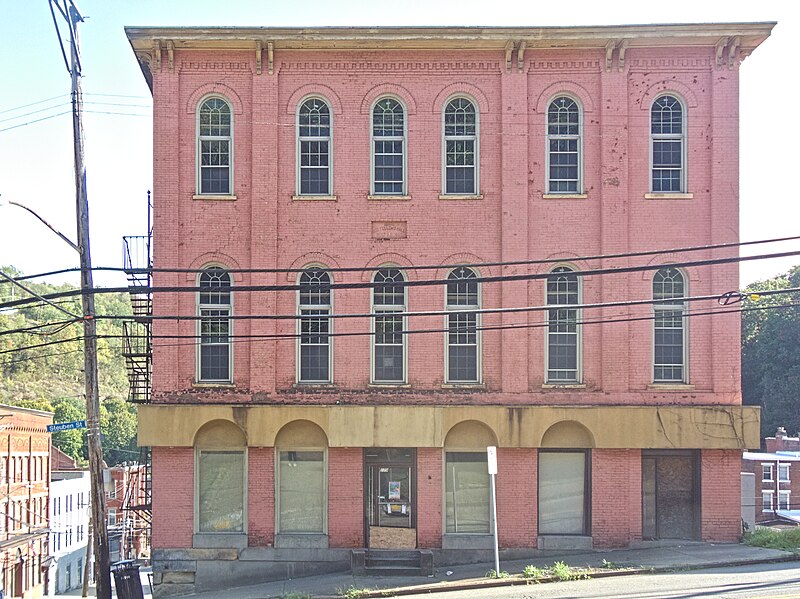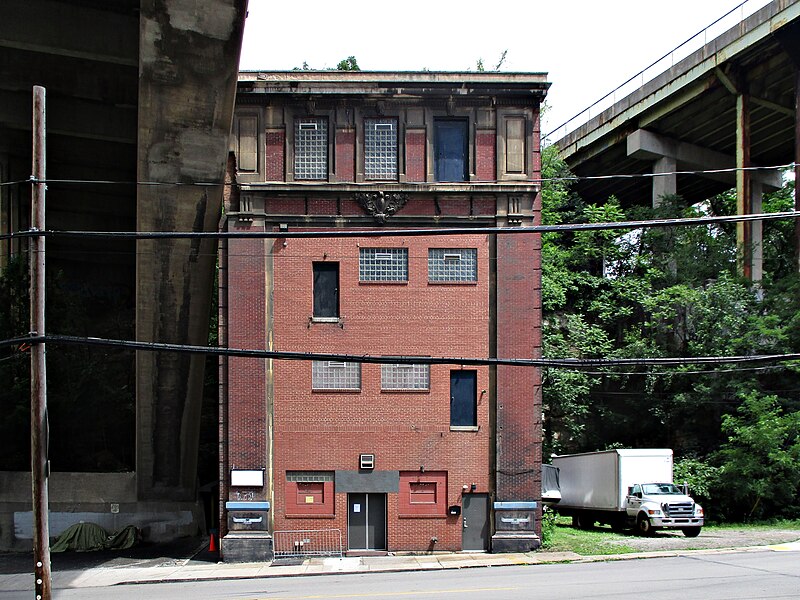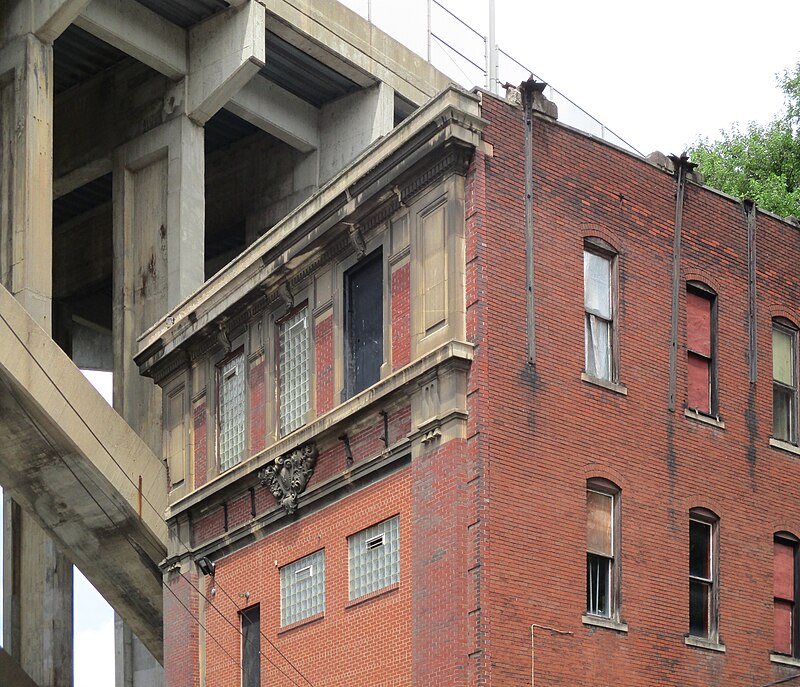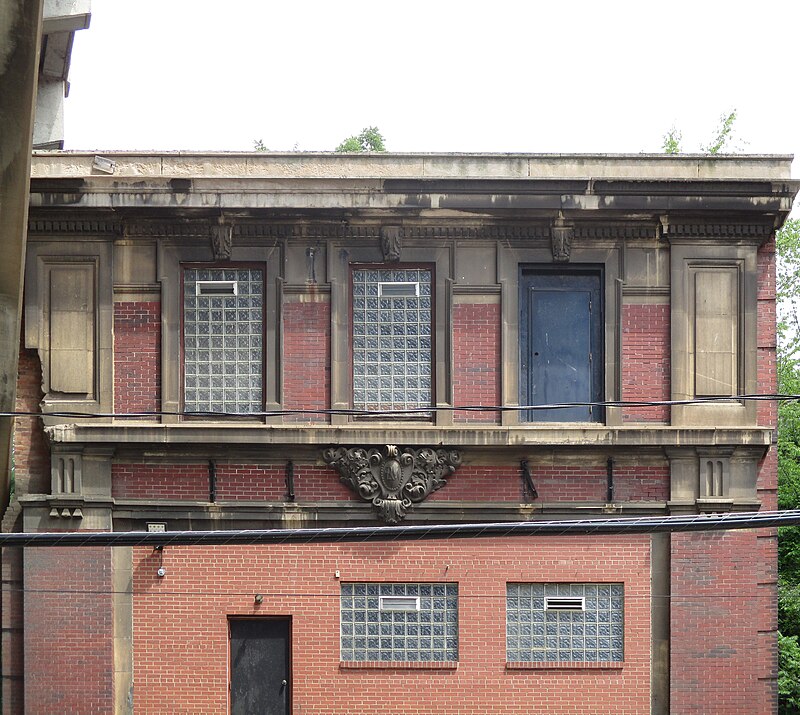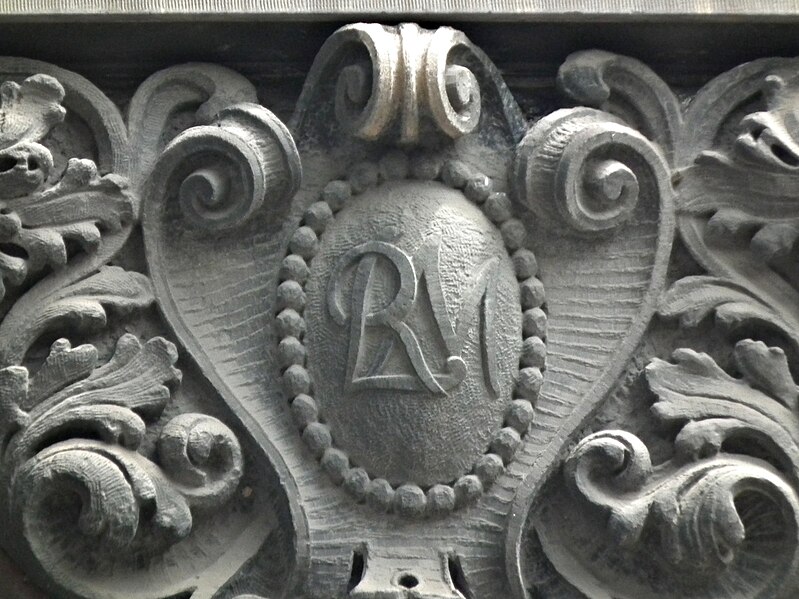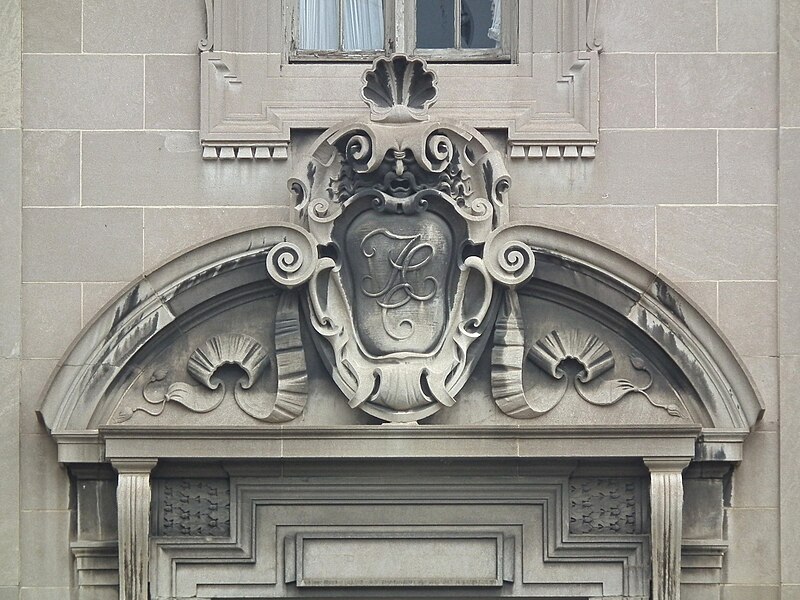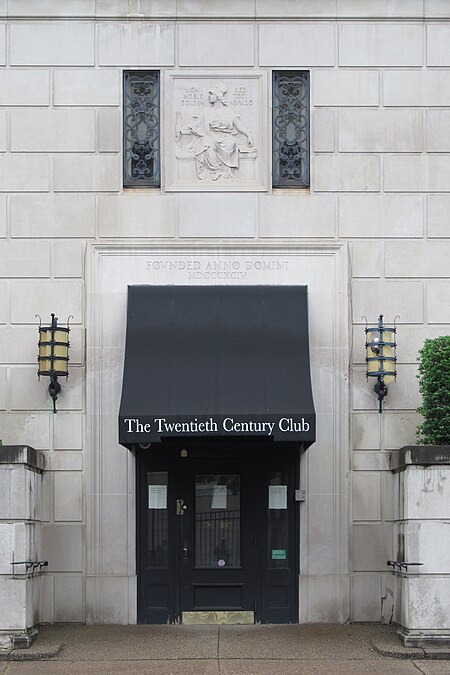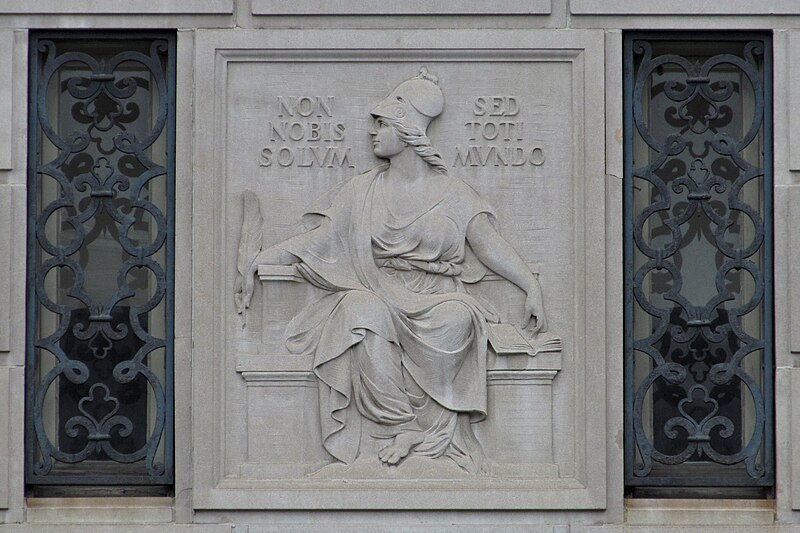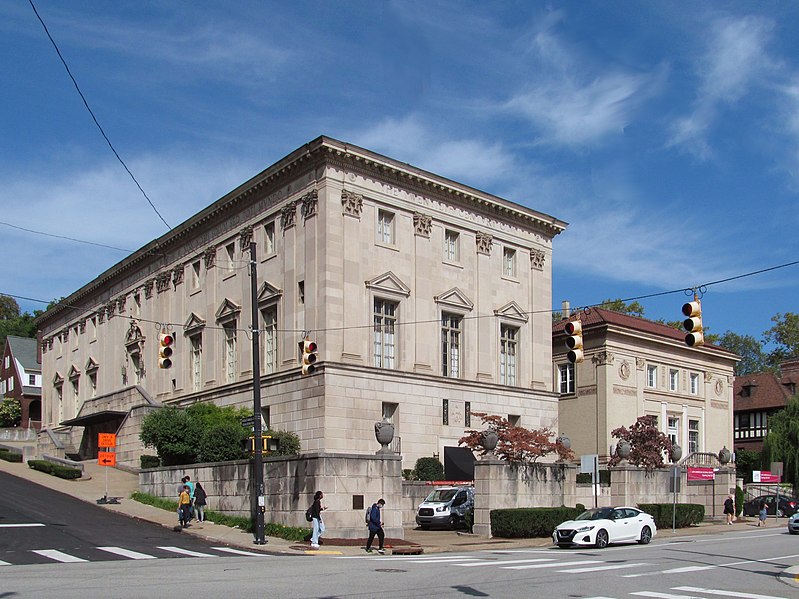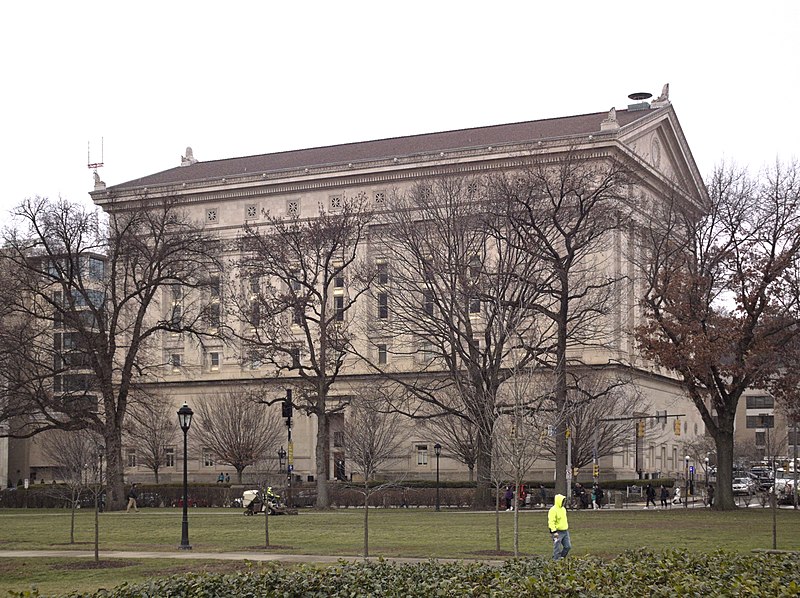
Father Pitt would like to introduce you to an architect you’ve never heard of, but one who merits your attention: John H. Phillips, who kept his office in McKees Rocks, and about whose personal life old Pa Pitt knows absolutely nothing.
When we speak of the early modernists in Pittsburgh—the architects before 1920 or so who adopted the idioms of Art Nouveau and related movements—we generally have a very short list: Frederick Scheibler, Kiehnel & Elliott, and the incomparable Titus de Bobula, the man who gave up his promising career as an architect because he would rather be a millionaire playboy Nazi dictator. Now Father Pitt proposes to add the name of John H. Phillips to that list. Here is the Ukrainian National Home, built in 1913 in a shockingly unconventional style.

We have to use our imagination to see the building with the colossal windows the architect designed to flood the building with light, because men’s clubs in Pittsburgh always block in their windows. But the outlines of the building are unaltered, and the ornamental brickwork is remarkable. Note in particular those squares above downward-pointing triangles at the entrance: they will reappear on other Phillips buildings, almost like a signature.

Where did this obscure architect get his Art Nouveau style? There could be any number of explanations, but Father Pitt suspects that Phillips took a lot of inspiration from Titus de Bobula. We will see some evidence for that speculation when we come to Phillips’ most prominent work in the McKees Rocks Bottoms, Holy Ghost Church. Meanwhile, this extraordinary building may serve as John H. Phillips’ initiation into the exclusive little club of early modernists in Pittsburgh.








